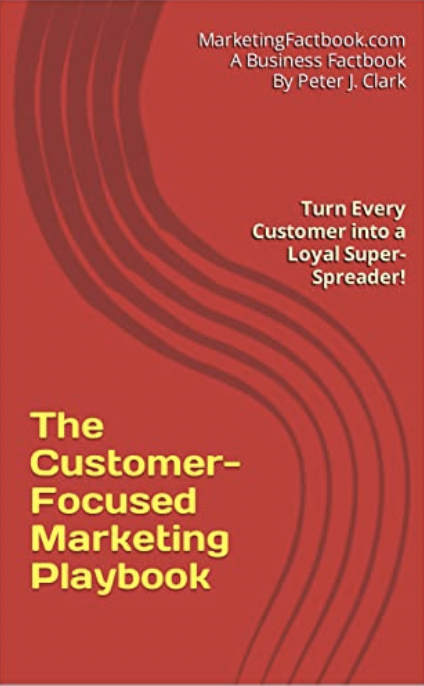Seven ways to get your customers talking
Customers have always been keen to share their thoughts and feelings about brands with each other, according to Phil Woodward, CEO for community shopping platform provider HipSnip, who here explains how today's digital channels can be adapted to build a healthy dialogue with and between customers.
In the days before the internet, those customer discussions would take place on a one-to-one basis and news about brands and products would spread by word of mouth. In cases where customers wanted to complain about a brand, they would need to write a letter which would likely be met by a formulaic, corporate response.
However, times have changed and these conversations are now taking place online and with some major differences; the brands themselves are joining in and are reaping the benefits, while customers are having their concerns addressed directly.
So how can a brand more effectively participate in these discussions with their customers? Here are HipSnip's top seven strategies that are already working for brands worldwide:
- Create an on-site community
Create an area of your website where customers can discuss issues, post questions and see what others are posting - this will enable and encourage interaction between customers and with your brand, and will allow you to manage and maintain the sense of community among users. - Vibrant online communities are thriving
There is an ever-increasing number of people pro-actively posting content and participating in the discussion. It is natural that these conversations have progressed to the online space, as the speed and magnitude of the internet allows customers to reach and interact with a far greater variety of fellow brand enthusiasts. It also enables lightning-fast responses from the brands, which work hard to ensure the dialogue keeps flowing smoothly and all customer concerns are addressed. - Include calls to action across your web site
It is vital to make it as easy as possible to ask questions from anywhere on a site, particularly on product pages - it is also worth including links to any community or social networking site where your brand is active, as customers may feel more comfortable interacting there. - Structure the discussion
While unstructured, free-flowing discussions on Twitter are fine, they require more work to analyse and consolidate into useful information. Providing a structured environment enables better discussions and thus more helpful insights - using a designated community platform can be a good way to do this. - Get involved
Whether a good, bad or even an ugly comment has been posted, it's essential to get involved and reply - being attentive to negative feedback or customer complaints can be a key factor in turning things around and a well-structured response can even gain a new fan for your brand. You should aim to reply to each question or comment within a few hours to maintain the nurturing and supportive environment of an online community. - Create a feedback loop
Ensure those monitoring discussions are able to feedback to other decision makers in the organisation, that they have a framework for this and that their feedback is taken seriously. This direct communication with customers has a multitude of advantages for brands, including the fact that they are able to learn more about their customers than ever before; online discussions provide brands with huge amounts of sentiment data that would previously only been accessible via careful and expensive market research.What's more, the data harvested from online discussions is generally a lot more accurate than researched data for a number of reasons. For example, when customers are participating in an organic, natural discussion unaware of any observation, the information they supply is genuine and unaffected - when people know they are being monitored, their answers may change and thus be less authentic. Online discussions also allow brands to get an instant insight into what is important to their customers in real-time; information is not delayed by weeks of administration time, nor do brands have to take guesses as to what their customers are most concerned with, because they are told directly by the customers themselves.
- Empower your staff
Members of staff who will be managing and participating in the online discussion need to be empowered and allowed to respond freely without being micro-managed from above; this means giving them guidelines and training, but then taking a step back to allow them to become immersed in the community itself.It is worth noting that although there have been several high-profile cases of brands getting it wrong in conversations with their customers when inexperienced staff are given control of a social media account, for example, this shouldn't put other brands off making the most of online communities - the benefits far outweigh the potential damage of any blunders. As long as staff are informed and confident, the community should flourish and continue to strengthen the brand's relationship with its customers.
Sources: HipSnip / The Marketing Factbook.
Copyright © 2013 - 2025 The Marketing Factbook.
Categorised as:
- Customer Experience
- Knowing The Customer
- Marketing Know-How
- Marketing Technology
